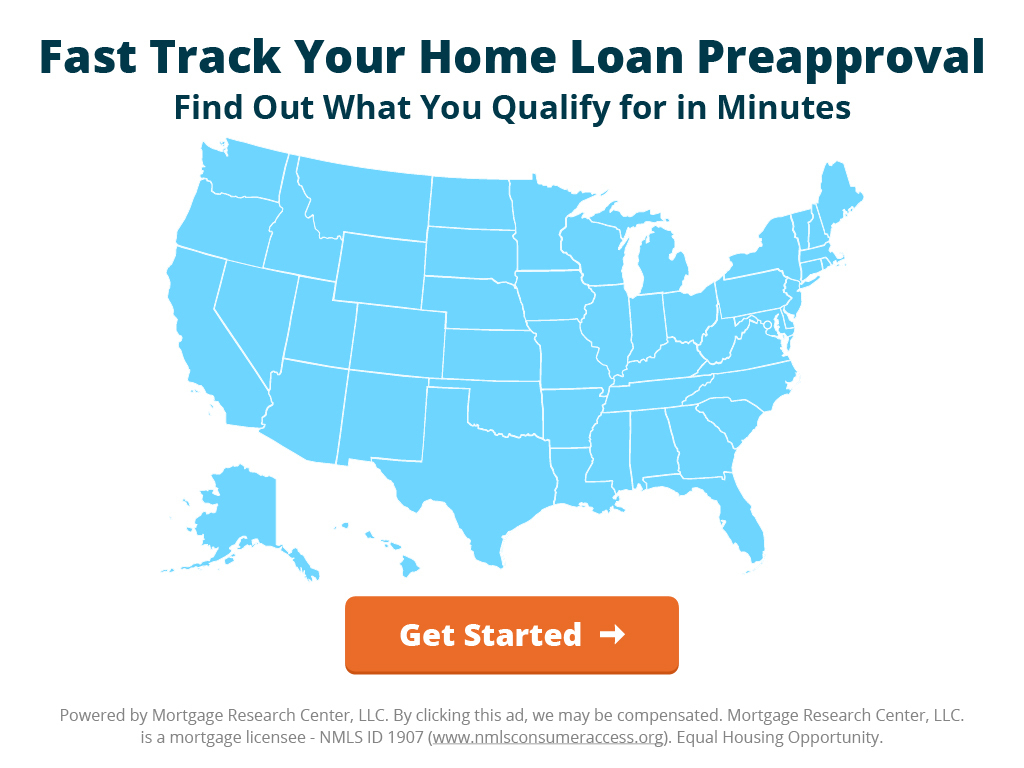Veteran Homebuyers Are Poised to Save $200 Million a Year With VA Loan Fee Rollback

Veterans using their VA loan entitlements will save more than $200 million a year when the funding fee reverts in April to its 2019 level.
Current VA funding fees range from 1.4% to 3.6%, a record high, after Congress raised them on a temporary basis as part of the Blue Water Navy Vietnam Veterans Act of 2019.
Under the planned rollback, VA funding fees for first-time homebuyers with no down payment would fall to 2.15% from 2.30%. That would enable a single borrower financing a $300,000 home to save $450, Joseph Haslag, an economics professor at the University of Missouri, said in an interview.
“For every ten basis points decline in the funding fee rate, there is a savings of about a hundred million dollars in aggregate saved,” Haslag said. Ten basis points equals a tenth of a percent.
Overall, the upcoming rate decreases vary between 0.15% and 0.30%, depending on if a veteran is using a down payment and whether buyers have used the benefit before. A funding fee decrease of 0.25% could result in 12,000 additional loan originations, according to a 2019 analysis by NDP Analytics.
But is the decrease to 2019 levels enough? Recent research by Haslag suggests the VA would still be able to meet its loan guarantee obligations with average rates as low as 1.3%.
» MORE: Getting ready to buy a home? We’ll find you a highly rated VA lender in just a few minutes.
What is the VA Funding Fee?
Most veterans must pay funding fees to access VA loans, though certain veterans with service-connected disabilities and Purple Hearts are exempt. Vets pay funding fees as a percentage of the amount financed, and these vary according to the type of loan, the size of the down payment – if any – and whether the veteran has previously had a VA loan.
VA-backed loans have existed since the Serviceman’s Readjustment Act of 1944 – the original G.I. Bill. Lenders find these mortgages attractive because the VA guarantees a percentage of the loan value, usually 25%, against loss in the event of a default. Vets find VA loans attractive because they don’t have to pay monthly private mortgage insurance (PMI) if they aren’t putting 20% down, a typical requirement for so-called conforming loans backed by Fannie Mae or Freddie Mac.
It wasn’t until 1966 that Congress enacted the first VA funding fee, which was 0.5%.
Over time, the funding fees have risen, especially over the past three decades. A year after the Blue Water bill’s temporarily hike, Sen. Jerry Moran (R-KS) limited another extension to the higher fees, this time with a proposed 2027 end date, keeping it to the current rollback of April 2023 when he offered an amendment to HR 3504, a bill providing funds to adapt housing for disabled vets.
Should the VA Funding Fee Be Even Lower?
Restoring VA funding fees to 2019 levels will save money for vets and result in more loan originations, but should funding fees be even lower?
This was the question Haslag examined in a quantitative analysis published last month. Haslag found in his research that there is a mismatch between the funding fees collected by the VA and what they pay out in default claims.
Haslag concluded that the average funding fees could be as low as 1.3% to cover the predicted cost of defaults.
“If the objective of the program is to be self-sufficient so that the user fee roughly matches the expenditure claims, the projected breakeven value would be 1.3%,” Haslag said.
Haslag said he based his analysis on historical default rates and other observable data.
“Historically, the funding fees that have been collected have been systematically greater than the size of the claims that have been paid out on an annual basis,” Haslag said. “Those claims are a summary measure of loans made two years ago, five years ago, maybe even ten years ago.”
So should Congress lower the average VA funding fee rate to 1.3% to cover VA guarantee payouts without collecting excess fees from veterans? Haslag stopped short of answering this policy question.
“My goal principally is to open the discussion,” Haslag said. “I want this to be a topic that gets vetted and discussed.”
» MORE: Military Homebuyers Can Buy With $0 Down. See If You’re Eligible Today.
More from Mortgage Research News:
Is It Risky to Buy a Home Before a Recession?
Credit Scores and Mortgages: How Low Can You Go and Still Buy?
Not Just Startups Anymore: Lenders Are Helping Buyers Make All-Cash Offers, Too






